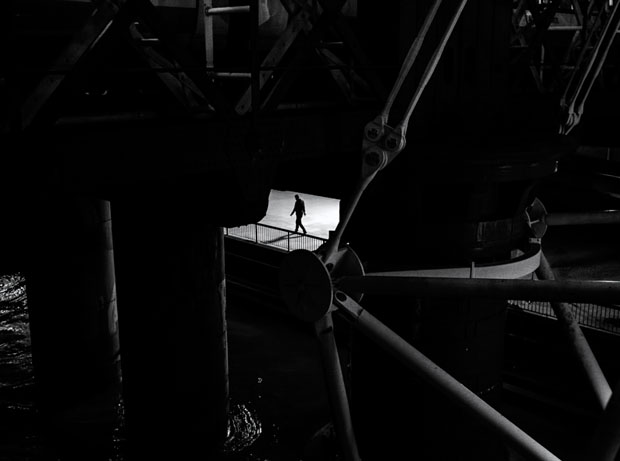Continuing our series on the principles of light in photography and cinema: light and color and color temperature, today’s theme is light-correcting gels.
Color correction gel is a flexible filter used to change the color temperature of a certain light source. Made of polyester, with deep impregnation of the pigment, which is definitely mixed with the plastic base, in a high-tech system, placing the pigment between two layers of polyester film, which makes the material resistant to heat and grooves external.
There are other types in addition to corrective gelatins, such as
? Gelatin diffusion
? Gelatin batsman
? Gelatin effect
In this article we will focus on the main corrective gelatins:
? CTB (color temperature blue)
These are gelatins (filters) to convert light to tungsten and are used to balance incandescent light sources, photographically matching daylight. The CTB series (blue) is used to increase the temperature in degrees Kelvin, to provide similarity to daylight sources. They are very useful to suppress the appearance of the orange (warm) color, characteristic of incandescent lamps, and are also used to increase the useful life of HMI lamps which, as they age, lose their original color temperature. They convert 3200 ° K incandescent sources to daylight and can also partially convert the Kelvin temperature of the source to balance daylight variations or to create artistic effects.
? CTO (orange / amber temperature)
These are jellies (filters) that are used when shooting indoors at 3200 K, with windows or daylight inputs (5500 K), which require a conversion to 3200 K. Partial corrections are also possible, rather than the total correction if intended to preserve the bluish tone of daylight.
? ND (neutral density)
These are jellies (filters) that are used to reduce the intensity of the incident light, without changing the color temperature of the balance. They are used in conjunction with conversion filters, when working at 3200 K and as simple filters, when balancing is done indoors.
? Gelatins for fluorescent lamps (Fluorofilter)
One of these types of gelatin is the Fluorofilter, which removes the excess green hue created by fluorescent lights. An example of use is a recording made in a place lit mainly by incandescent lamps. In this case, the filters used in “daytime” fluorescent lamps, which are reddish brown, in addition to eliminating excess green, will bring their color temperature to 3200K. These filters are very practical when there are installations to install them directly on the lamps, and especially when they appear on the map as backlighting. 3310 filter application? Fluorofilter.
? Fluorescent Lamp Jellies (Tough Plusgreen)
If, in another situation, the predominant lighting is that of fluorescent lamps and incandescent lamps and / or reflectors of this type are used to complete the lighting, they can be used on the same green jellies, to approximate the temperature of incandescent light to the temperature of fluorescent lamps. Resistant Plusgreen filters are used to add greener, balancing other light sources with the green emitted by fluorescent lamps. Similarly, they can be applied with other bright photons such as HMI, LED or ARC white light.
? Gelatin for fluorescent lamps (Tough Minusgreen)
Magenta gelatine bring the temperature of fluorescent lamps closer to daylight and can be used in them, for example, in a room illuminated by fluorescent lamps and sunlight. Resistant Minusgreen filters absorb excess green and produce acceptable daylight photography with a cold white ?and ‘daylight’. Tough Minusgreen adapts to most applications and Tough 1/2, 1/4 and 1/8 Minusgreen filters partially absorb green.
Featured the main gelatins used in the film, video and photo market, the largest gelatin manufacturers being Rosco and Lee Filters. Rosco is the well established company in the Brazilian market, so Rosco products are easier to find than Lee Filters. They are sold in rolls of 1. 22 m wide by 7. 62 m long or some models of 1. 52 m wide by 6. 10 m long. You can see my stories talking more specifically about the Rosco cinegel correction gelatin catalogs and effects gelatin catalog!
Here are three videos that demonstrate the use of corrective jellies
Kisses to all and until the next post !!!
Fernando Rozzo
Color correction in daylight and tungsten
Fluorescent color correction
Rosco industrial and urban steam gel

